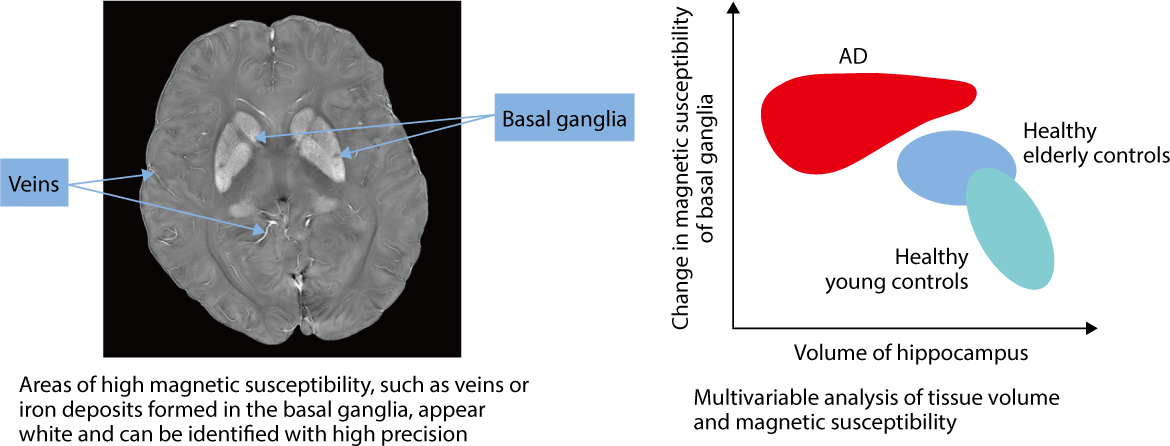4. Sharing Information Platform for Disaster Management
Given the potential for worsening damage from wind and flooding due to climate change and major disasters such as a Nankai Trough earthquake, improving the ability to cope with disasters is an urgent issue. Responding to a disaster requires that the relevant organizations, including central and regional government agencies, mount a rapid and appropriate response to the situation in different locations based on a consistent understanding of the extent of damage. Achieving this calls for the sharing of information from different places and across organizations, and also the provision of timely and useful information to people in the field.
In response, Hitachi is engaged in the research and development of a system for sharing disaster information between government agencies, Sharing Information Platform for Disaster Management*. The system consolidates information from various organizations and systems, processes it into a form that is useful for disaster response activities, and provides it to disaster response personnel in the format they require. In the past, deciding what actions to take in the field has been made difficult by fragmentary information, especially in the early stages of a disaster. However, it is possible to provide disaster response personnel with timely and useful information during these early stages by using logical consolidation techniques that consolidate damage information that arrives at different times and from different sources, make up for gaps and other inadequacies in the information, use estimates for information not yet available, and generate information that can serve as a basis for action. In the heavy rain disaster that occurred in northern Kyushu in July 2017, the system helped provide and share more than 20 types of information, including information about evacuation sites and damage to roads, during the first two days of the disaster.
Hitachi aims to continue promoting the use of information that contributes to the disaster response of disaster-related organizations and private enterprises and organizations through disaster prevention technology. In addition, it also intends to contribute to safe and secure city planning that is resistant to disasters through the collaboration of both the public and private sectors across various industries, such as infrastructure, transportation, and construction.
- *
- Work is ongoing in partnership with the National Research Institute for Earth Science and Disaster Resilience as part of the Cabinet Office's Cross-ministerial Strategic Innovation Promotion Program (SIP).
4. Overview of Sharing Information Platform for Disaster Management
- *
- See the list of “Trademarks.”









